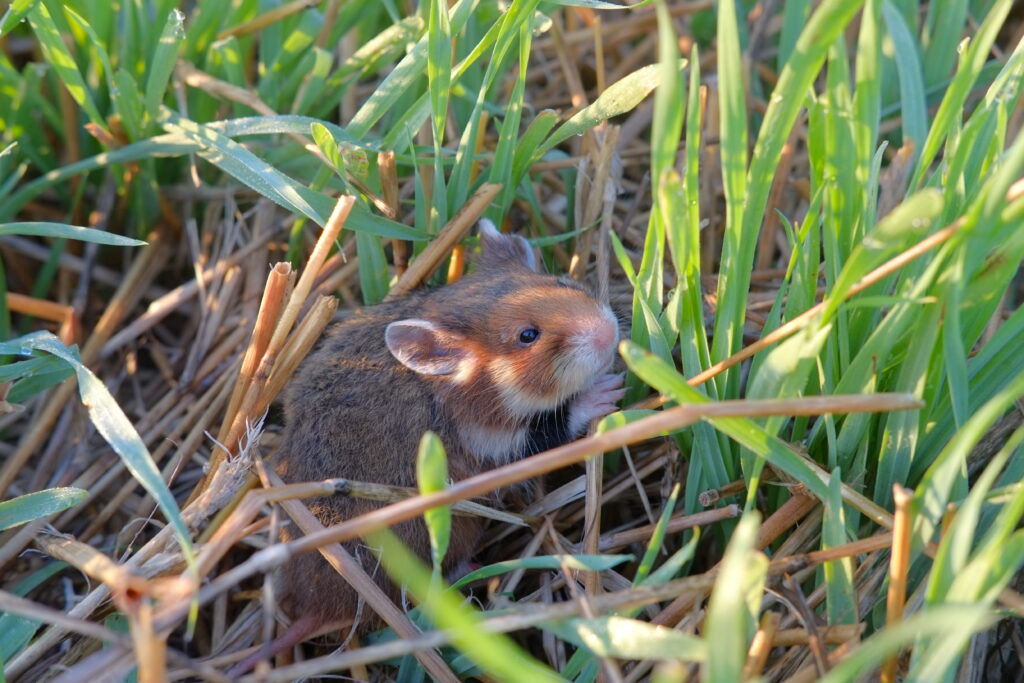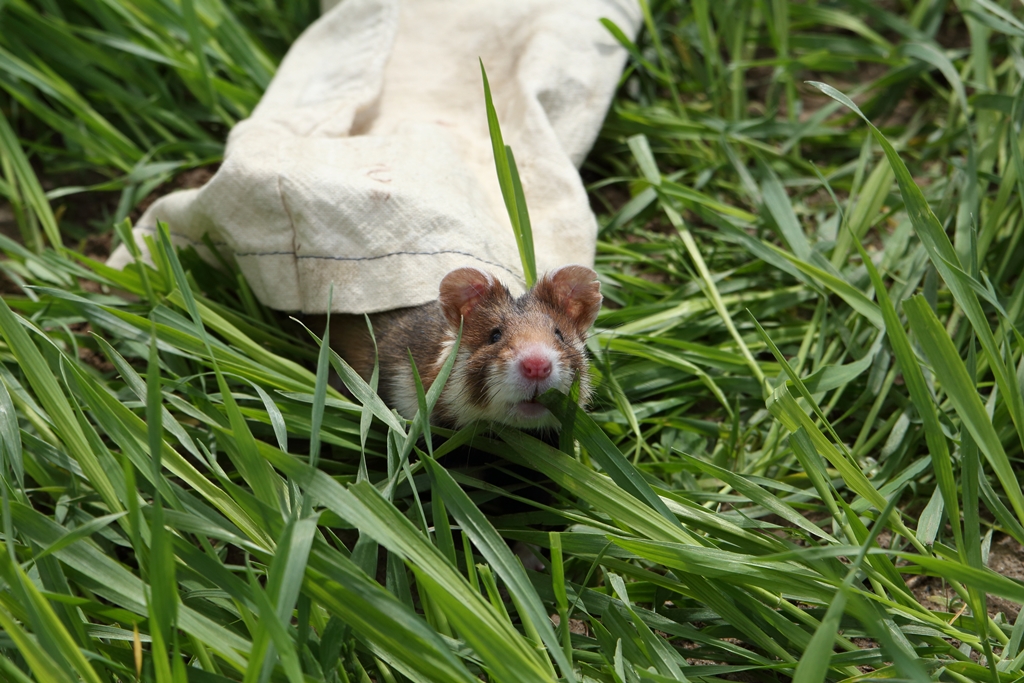Happy World Hamster Day! Some of you may remember that back in 2023 I wrote about a new emergency project Zoo New England was going to support. This was a project aimed at captive breeding and reintroduction of the once common but now Critically Endangered European hamster. Besides being something of an emergency from a conservation perspective, the scientists involved in this effort are based at the Kyiv Zoo in Ukraine, a part of the world that has been involved in a terrible war for the last three years. This violent conflict had made it difficult to find the support they needed to continue this incredibly important work, so Zoo New England stepped into the fray, as it were, and supported this initiative.

There are many different species of hamsters (18-20 species, depending on who you ask). They are all relatively small (and arguably quite cute) rodents that live in dry grasslands across Europe and Asia. They all live in burrows and come out at night to forage for green vegetation, seeds, and small insects, which are often stored in cheek pouches until they can get back to their burrows to eat in safety. They range from the tiny dwarf hamsters, some no more than 4 inches long, to the relative giant of the family, the European hamster, that can grow to guinea pig size, up to a foot in length. Your basic pet store hamster, the golden or Syrian hamster, is right in the middle size-wise, coming in at about 6-7 inches long.

The hamster under threat in Ukraine is the family giant, the European hamster. Once abundant across the northern steppe grassland, it was undoubtedly a keystone species, with many predators depending on it as a prey item, other wildlife depending on it as a provider of pre-made burrows to hide in, and very likely they functioned as ‘ecosystem engineers’ through their burrowing and clipping of vegetation that altered plant distribution and community structure across the steppe.
Today, sadly, the European hamster is Critically Endangered. Nobody entirely knows the reasons for the precipitous, dramatic decline in numbers, although the loss of wild grassland to agriculture and other development has played a significant role. Regardless, populations are winking out across the vast steppe landscape, and the Kyiv Zoo scientists are trying to stop this decline and recover the species, at least in Ukraine.

As part of our effort to support this important initiative, ZNE applied for and received a grant from the foundation Trust for Mutual Understanding to support a study tour for three of the Ukrainian scientists. In late April they will travel by train to Warsaw, Poland, and from there fly to LA where I will pick them up and drive them down to the San Diego Zoo Wildlife Alliance. There they will spend 10 days with some of the world experts in small mammal captive breeding and reintroduction.
They should have a great time learning new methods, not to mention taking a much deserved break from the stress of living in a conflict zone. So stay tuned for Part III of this blog, where I will report back on this adventure!
